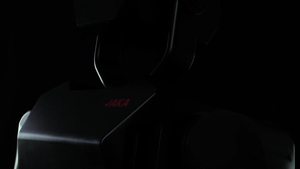Imagine a future where factory floors hum with not just automated machines, but with collaborative partners. Robots that move with human-like agility, handle delicate tasks with unmatched precision, and even learn and adapt to their surroundings. This isn't science fiction; it's the promising reality embodied by the JAKA Robotiks K-1.
JAKA Robotiks has been a force in the robotics industry, known for their high-performance industrial robots. The K-1, however, represents a paradigm(PAIR-uh-dime - a standard example or model.) shift. This cutting-edge humanoid robot isn't just about automation; it's about ushering in a new era of human-robot synergy.
JAKA Robotiks showcasing one of its collaborative robot applications
The K-1's potential impact transcends a single sector. From the bustling factories of tomorrow to the delicate environments of healthcare, the K-1 is poised to revolutionize how we work and interact with machines.
The Making of K-1
The creation of K-1 began with a bold vision from JAKA Robotiks: to design a humanoid robot that could seamlessly integrate into various industries, enhancing productivity and efficiency. The research and development process was extensive, involving multidisciplinary teams of engineers, AI specialists, and robotics experts.
One of the initial challenges was achieving a balance between versatility and precision. Engineers focused on designing an arm that could not only handle heavy objects in industrial settings but also possess the dexterity required for intricate tasks.
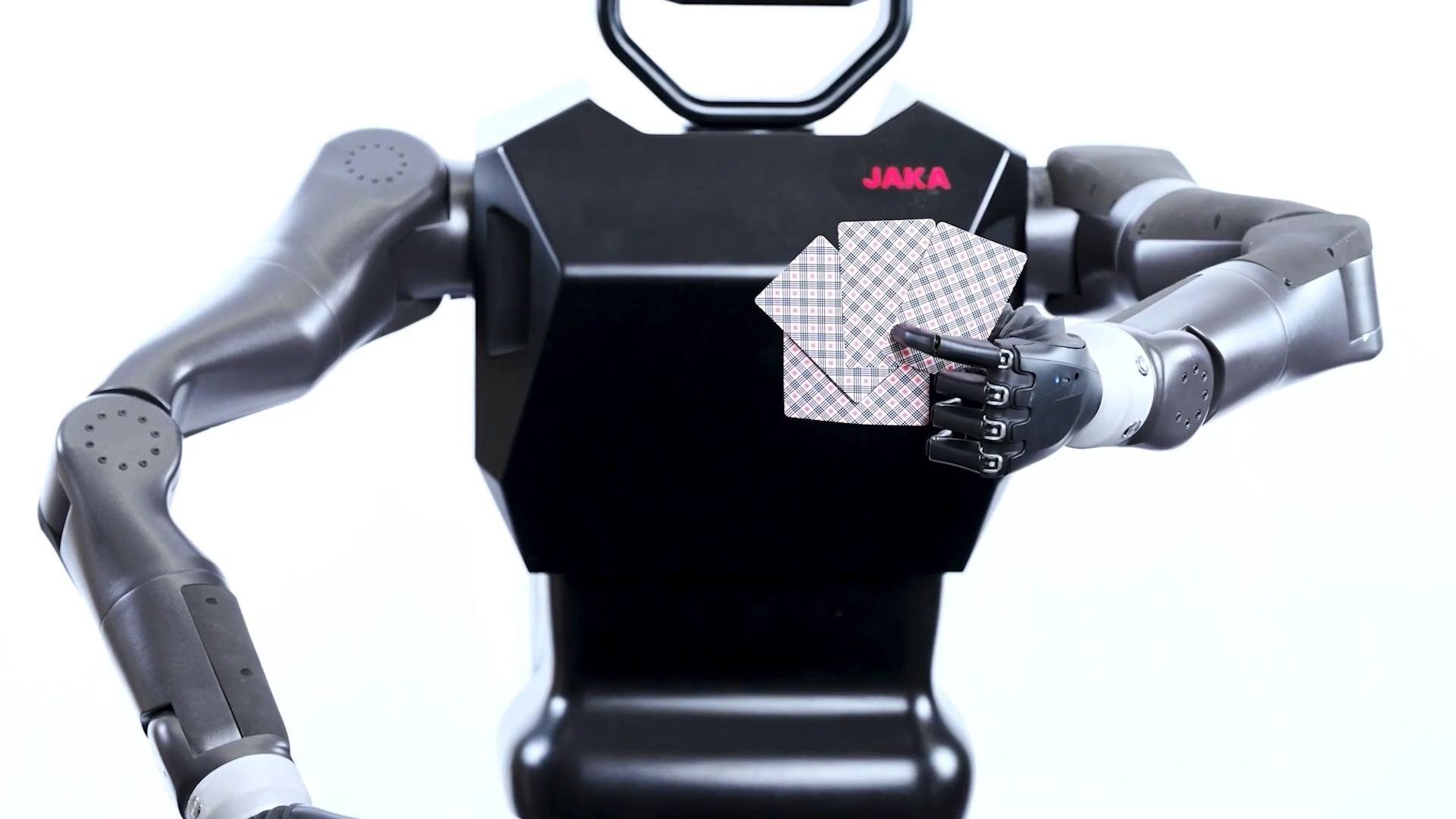
Another significant milestone was the incorporation of machine learning algorithms that allow K-1 to adapt and learn from its surroundings. This capability is essential for performing tasks that require a high degree of precision and adaptability.
Engineering Excellence:
What sets K-1 apart is the engineering excellence behind its design. JAKA Robotiks leveraged cutting-edge technologies to ensure that K-1 is not only functional but also highly efficient. The use of high-performance actuators provides K-1 with unparalleled dexterity, allowing it to perform intricate tasks with ease.
The advanced sensor array equips K-1 with a keen sense of its environment, enabling real-time decision-making and interaction. This includes everything from depth cameras for spatial awareness to touch sensors that allow for delicate manipulations.
In addition to hardware innovations, the software powering K-1 is a marvel of modern engineering. The integration of AI-driven control systems ensures that K-1 can perform complex tasks autonomously. These systems are continually updated with the latest advancements in AI, keeping K-1 at the forefront of humanoid robotics.
JAKA Robotiks' commitment to continuous improvement is evident in every aspect of K-1's design. Each iteration of the robot builds on the successes and lessons learned from previous versions, resulting in a highly refined and capable humanoid robot.
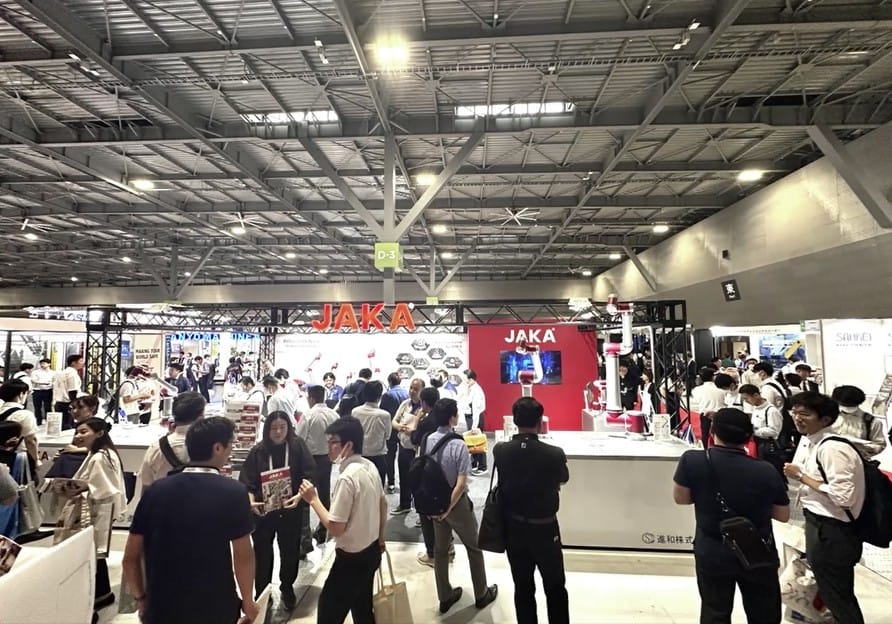
With its state-of-the-art technologies and innovative engineering, K-1 stands as a testament to JAKA Robotiks' dedication to pushing the boundaries of what humanoid robots can achieve.
Key Features and Capabilities
The K-1's locomotion capabilities are different than those of other humanoids we have written about in the past. K-1 is a bi-manual humanoid robot that does not have legs.
This design choice allows JAKA Robotiks to focus on developing advanced manipulation capabilities for the robot's arms and hands, which aligns with their expertise in collaborative robots (cobots) for industrial

Dexterity and Precision:
The K-1's hand dexterity sets it apart from conventional robots. Equipped with fine motor skills, the K-1 can perform intricate tasks that demand a delicate touch.
This includes operations in healthcare, such as surgical assistance, or in electronics assembly, where precision is paramount. The K-1's ability to manipulate small objects with high accuracy positions it as an indispensable assistant in environments requiring meticulous attention to detail.
A leading Chinese collaborative robots company, JAKA Robotics, has launched their bi-manual humanoid robot K-1. It does not have legs. pic.twitter.com/8XojLmcIwt
— The Humanoid Hub (@TheHumanoidHub) July 5, 2024
Will this take working from home to a whole new level?🧐
AI Integration:
One of the standout features of the K-1 is its integration of artificial intelligence. The K-1 doesn't just follow pre-programmed instructions; it learns from its surroundings.
Through AI, the K-1 can make decisions in real-time, adapt to new situations, and interact dynamically with its environment. This capability transforms the K-1 from a simple tool into an intelligent teammate, capable of improving its performance and contributing to tasks in a meaningful way.
Table: K-1's Key Features
| Feature | Description |
|---|---|
| Mobility | Advanced balance, speed, adaptable to terrains |
| Dexterity | Fine motor skills, capable of intricate tasks |
| AI Integration | Decision-making, learning, environmental interaction |
The K-1's combination of mobility, dexterity, and AI integration marks it as a revolutionary development in humanoid robotics. As we explore further, it becomes clear how these capabilities can be harnessed to transform various industries and pave the way for a future where human-robot collaboration is the norm.
Applications and Use Cases
The K-1 isn't just a showcase of technological prowess; it’s designed to make a tangible impact across various industries.
Industrial Applications:
The K-1 is perfectly suited for the demanding environment of industrial settings. Its advanced mobility and dexterity allow it to perform a wide range of tasks that require precision and reliability.
Manufacturing:
- Assembly line tasks where K-1 can handle delicate components.
- Quality control, inspecting products for defects with high accuracy.
Logistics:
- Sorting and organizing packages efficiently.
- Loading and unloading goods, reducing human labor and increasing speed.
Healthcare and Assistance:
In the healthcare sector, the K-1’s ability to perform precise and delicate tasks opens up new possibilities for patient care and support.
Patient Care:
- Assisting in surgeries by providing tools and support to surgeons.
- Helping with patient rehabilitation through guided exercises.
Elderly Care:
- Assisting elderly patients with daily activities.
- Monitoring vital signs and providing companionship.
Service Industry:
The service industry can greatly benefit from K-1’s capabilities, enhancing customer experiences and operational efficiency.
Customer Service:
- Acting as an information guide in public spaces like airports and malls.
- Handling customer queries and providing assistance.
Hospitality:
- Performing concierge services in hotels.
- Assisting in event management and guest interactions.
Retail:
- Stock management and inventory checks.
- Customer assistance in stores, helping find products and providing information.
The K-1’s versatility and advanced features make it an invaluable asset across these sectors. Its ability to adapt to different environments and tasks ensures that it can seamlessly integrate into existing workflows, providing enhanced efficiency and reliability.
By leveraging K-1’s capabilities, industries can look forward to a future where human-robot collaboration leads to improved productivity and new opportunities. The K-1 is not just a technological marvel; it is a practical solution to many of today’s challenges in various fields.
Navigating the Arena: K-1 and the Competition
The K-1 isn't entering an empty playing field. So, how does it stack up against other players in the humanoid robotics game?
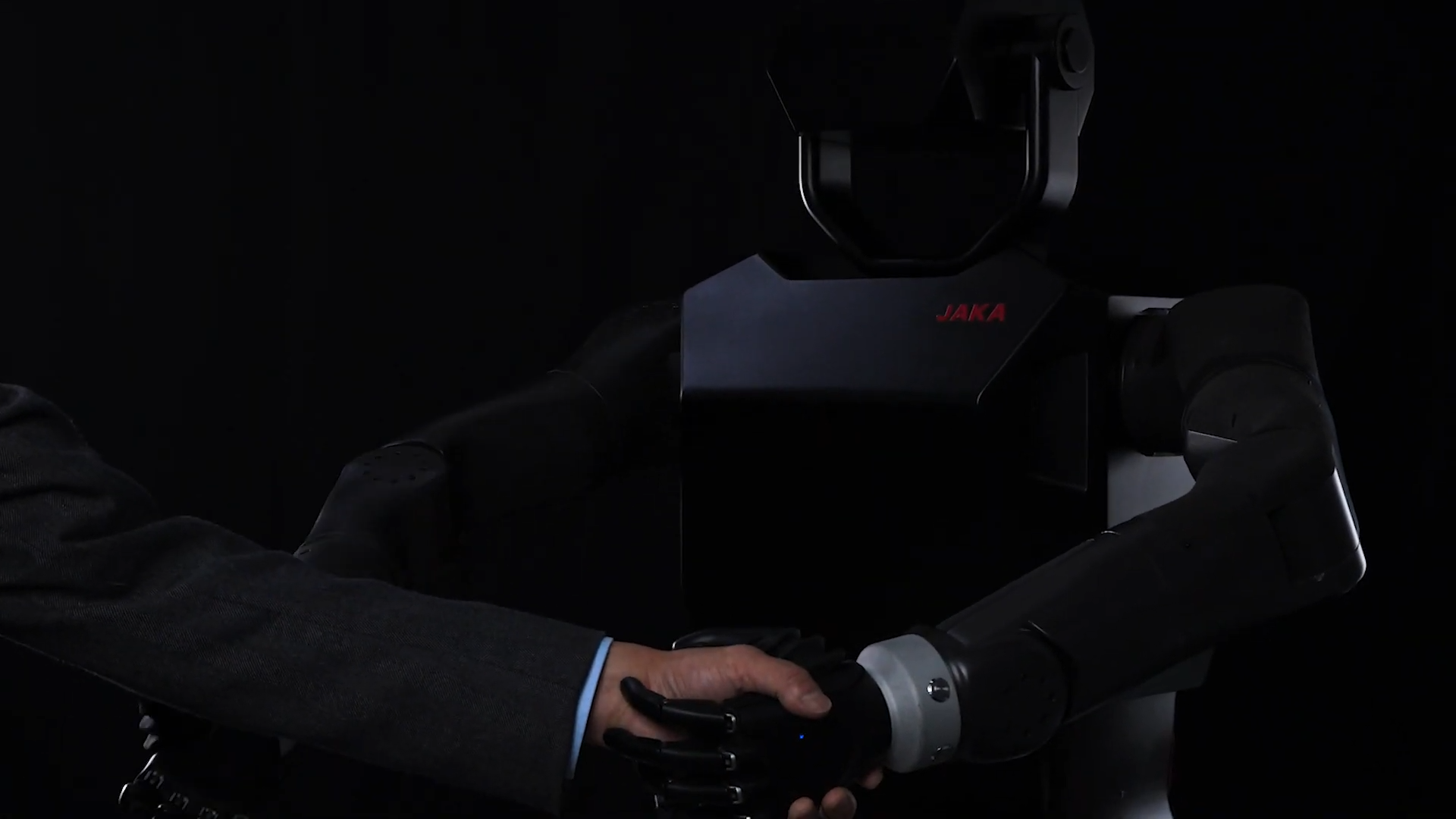
Market Ready?
JAKA Robotiks seems to have taken a strategic approach to market readiness. While pricing specifics haven't been revealed yet, rumors suggest a focus on competitive pricing, making the K-1 accessible to a wider range of industries. This, coupled with its versatile skillset, positions the K-1 as a strong contender for various applications.
Standing Out from the Crowd:
The K-1 brings a unique blend of capabilities to the table:
Comparison Table: K-1 vs. Competitors
| Robot | Focus | Applications |
|---|---|---|
| JAKA Robotiks K-1 | human-robot collaboration, dexterity, and AI integration | Wide range, from manufacturing to healthcare |
| Boston Dynamics Atlas | Unmatched agility and robustness | Primarily industrial settings requiring high physical capabilities |
| Hanson Robotics Sophia | Social interaction and conversational skills | Customer service, education, entertainment |
While Atlas boasts superior athleticism and Sophia excels in social interaction, the K-1 integrates human interaction and robotic abilities. Its robot-human collaborative nature allows it to take benefits form both human labor and robotic labor. Its dexterity opens doors to intricate tasks, and its AI integration paves the way for continuous learning and adaptation. This versatility positions the K-1 as a potential game-changer across various industries.
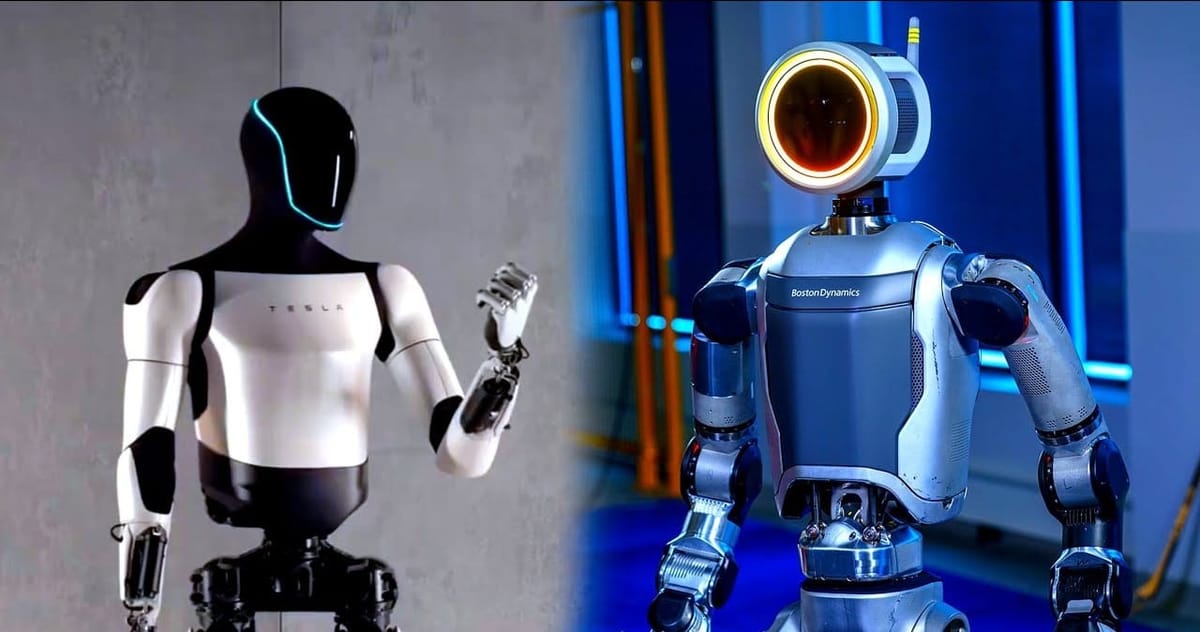
Interested in knowing a little more on Atlas?
The race for humanoid robot dominance is heating up, and the K-1, with its focus on versatility and collaboration, is a strong contender to watch.
The JAKA Robotiks K-1 isn't just another robot; it's a glimpse into the future of human-robot collaboration. We've explored its impressive features – from its nimble movements to its intelligent learning capabilities.
These features translate into a wide range of potential applications, from streamlining factory floors to assisting in delicate healthcare tasks. The K-1's competitive pricing strategy further suggests J Robotiks is serious about making this technology accessible.

Looking ahead, the K-1 represents a turning point. It's not about robots replacing humans, but rather about creating a future where we work seamlessly together. The K-1, with its versatile skillset and collaborative spirit, is a prime example of this new wave of robotics.
So, is the K-1 the future of work? Only time will tell. But one thing's for sure: the K-1 is a hugely promising step towards a future where robots are not science fiction, but valuable teammates in the human workforce. Just remember, with great robots comes great responsibility... gotta keep those safety protocols in check!
Advancements in robotics are happening every day, were excited to see whats to come, and even more excited to tell you all about it! 🤖✨
Captcha sucks
by u/RedDevilVortex in dankmemes

